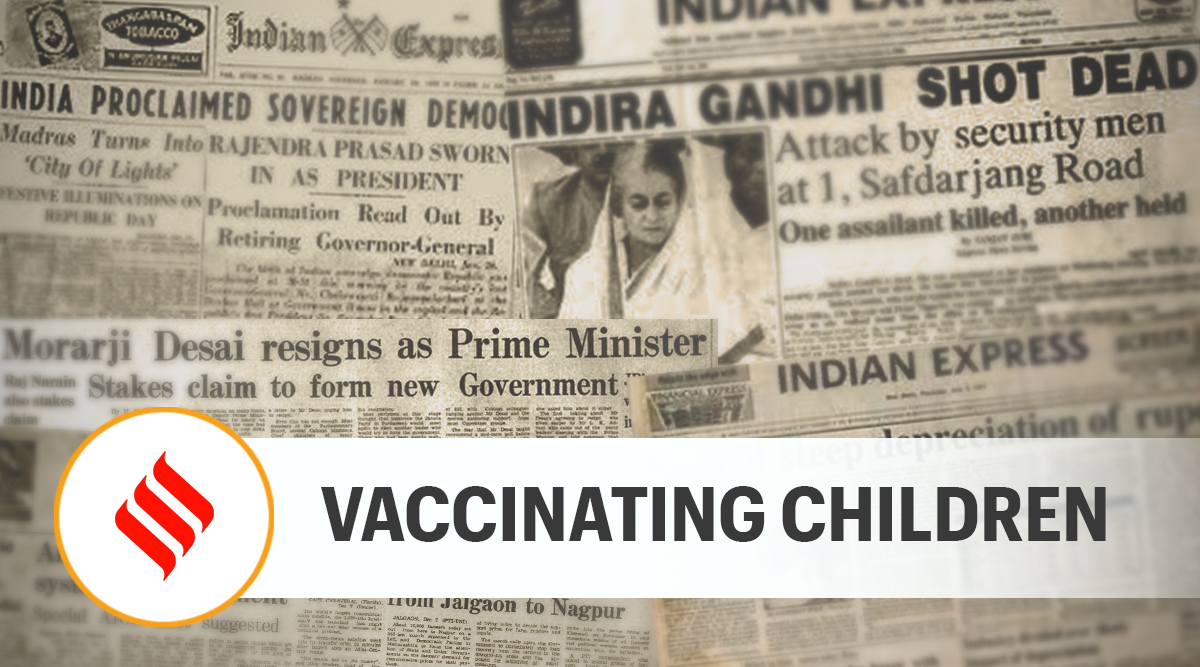EUA for Zydus Cadila vaccine opens up possibilities. Centre must carefully address challenges of expanding programme.
The Indian drug regulator’s emergency-use authorisation (EUA) to Zydus Cadila’s Covid-19 vaccine, ZyCoV-D, is a welcome development. The second homegrown vaccine to receive an EUA can be administered to children above 12 years, raising the possibility of extending the vaccination project to the country’s adolescent population. For children waiting for classrooms to be unlocked, the company’s announcement that it can provide the jabs to schools by mid-September is heartening news. Union Health Minister Mansukh Mandaviya has spoken of the Centre’s eagerness to begin vaccination for children at the earliest. The Centre’s talks with the Ahmedabad-based company slated for later this week will, therefore, be keenly watched. They are likely to be centred on vaccine pricing and supplies. The decision to extend the inoculation project beyond the adult population must, however, factor in other imperatives, especially logistical challenges.
According to the government’s projections, the country’s vaccination drive is set to undergo a massive ramp-up from September onwards. More than 120-crore shots must be administered in the last four months of the year to attain the target of inoculating the country’s adult population by December. Independent studies — including the Fitch Group’s India Rating last week — have expressed doubts about the feasibility of this target. The government, however, maintains that vaccine supply will be increased from next month. If its claim is to hold up, an average of one crore shots will be administered every day till the end of the year — currently, the country averages less than 50-lakh shots daily. The spurt in inoculation could tax the energies of vaccinators and will require state governments to increase the number of vaccination centres. It is not yet known if the plan to increase vaccine supplies has a chapter on augmenting the teams of vaccinators. Inoculating children will, in any case, demand a further upscaling in the logistics of vaccine delivery. The government will, therefore, do well to conduct a thorough audit of the resources at its disposal before deciding to use the three-dose ZyCov-D to expand its inoculation drive.
Trial results show the new vaccine’s efficacy against the variants driving the pandemic currently. The DNA-based jab does not require ultra-cold storage facilities and is reported to be cost-effective. A spring-powered device delivers the shot as a narrow streak of liquid that penetrates the skin — a big positive given that the fear of needles is known to be a major cause of vaccine hesitancy. But is the government better off, for now, harnessing these advantages for the adult vaccination project? Or does it have the wherewithal to do more? Its decision should be a carefully calibrated one.
This editorial first appeared in the print edition on August 25, 2021 under the title ‘Vaccinating children’.
Source: Read Full Article


